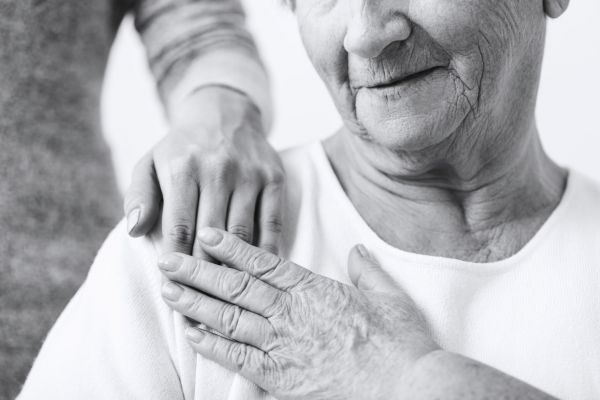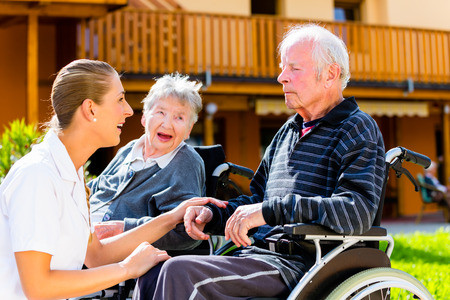Common Health Problems: Caring for the Blind Person
Команда iSavta | 13.11.2019

As we discuss the different kinds of eye problem, we will also have to learn how to take care of a blind person as there are a lot of considerations that we need to do in order for us to be an excellent caregivers for these cases.
CARING FOR THE BLIND PERSON
- Ask the person how much he or she can see. Do not assume the person is totally blind or that a person has some vision.
- Provide lighting as the person prefers. Tell the person when the lights are on or off.
- Adjust blinds and shades to prevent glares.
- Face the person when speaking. Speak slowly and clearly.
- Do not shout or speak loudly. Blindness does not mean the person is hearing impaired.
- Identify yourself. Give your name, title, and reason for being there. Do not touch the person until you have indicated your presence.
- Identify others. Explain where each person is and what the person is doing.
- Address the person by name. This tells the person that you are directing a comment or question to him or her.
- Orient the person to the room. Describe the layout and the location and purpose of the furniture and equipment.
- Let the person move about and touch and locate furniture and equipment.
- Do not leave the person in the middle of the room. Make sure he or she can reach a wall of furniture.
- Do not rearrange furniture and equipment.
- Keep doors open or shut, never partly open.
- Give step-by-step explanations or procedures as you perform them. Indicate when the procedure is over.
- Offer assistance. Simply say “May I help you?” Respect the person’s answer.
- Tell the person when you are leaving the room.
- Assist the person in walking. Walk slightly ahead of him or her and offer an arm. Tell the person which arm is offered. Never push, pull, or guide the person in front of you. Walk at a normal pace.
- Tell the person when you are coming to a curb or steps. State if you will step up or down.
- Inform the person of doors, turns, furniture, and other obstructions when assisting with ambulation.
- Give specific directions. Say ‘right behind you’, “on your left”, or “in front of you.” Avoid phrases like “over here” or “over there.”
- Keep hallways and walkways free of carts, equipment, and other items.
- Assist in food selection by reading the menu to the person.
- Explain the location of food and beverages. Use the face of the clock, or guide the person’s hand to each item.
- Cut meat, open containers, butter bread, and perform other similar activities if needed.
- Keep the signal light within the person’s reach.
- Provide a radio, compact disks or audiotapes, television, and Braille.
- Let the person perform self-care if able.











